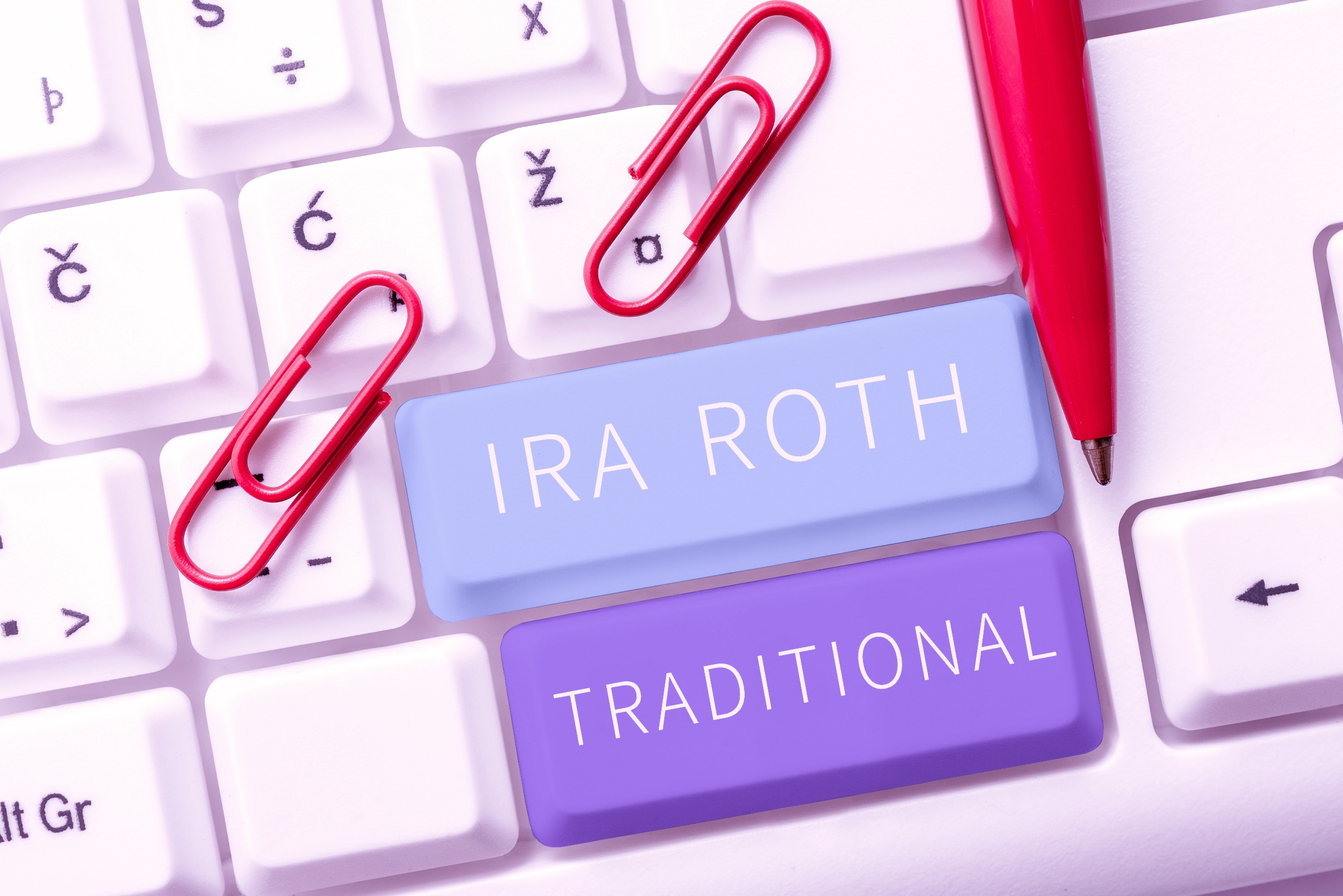Planning for retirement is an important financial decision for comfortable future living and for providing a legacy following a person’s death. An individual retirement account (IRA) helps individuals save for retirement by permitting them to contribute up to a maximum amount set by the IRS each year in various investment funds. These contributions are held in trust and purchase investment assets with earned, untaxed income to benefit a person in their later years. Taxation on IRA contributions is intended to be deferred to a later date once distributions are made.
Different kinds of IRA’s exist, including a traditional IRA and a Roth IRA, and provide different tax advantages and strategies. Contributions to a traditional IRA are tax deductible, fully or partial, depending on a person’s tax filing status. Contributions to a Roth IRA are not deductible, but qualified distributions are tax-free. To combat the use of IRA’s as a perpetual tax-free vehicle, account holders are required to take minimum distributions after the account holder reaches the age of 70 ½, 72, or 73, depending on when the account holder reached the required age. This requirement is often referred to as the required beginning date (RBD). If a person reaches the age of 73 on or after January 1, 2023, the RBD will kick in at that time and that person will be required to make minimum distributions.
After a person’s death, their remaining IRA funds will pass onto the beneficiaries named on the account. A person’s choice of beneficiary will affect required distributions after death. It is important to be aware of how inherited IRA distributions occur.
What happens when I inherit an IRA?
In 2019, Congress passed the SECURE Act and changed the rules for inheriting an IRA. Generally, beneficiaries who are more than ten years younger than the original account holder now must withdraw all money from the inherited account within 10 years of the account holder’s death, absent an exception. Typically, a person inheriting an IRA account would move the money into a “beneficiary” IRA titled in their name. No specific distributions are required by the inherited beneficiary, but the account must be depleted at the end of the ten-year period. A beneficiary may drain the IRA account all at once, set up regular withdrawals over a ten-year period, or take distributions whenever desired. “Stretch IRA’s,” where a beneficiary decides to take distributions over their lifetime, are no longer permissive.
Exceptions to the 10-year withdrawal period include spouses, minor children, beneficiaries who are less than 10 years younger than the original account holder, and beneficiaries who are disabled or chronically ill. These persons are considered eligible designated beneficiaries and are still able to still “stretch” IRA distributions over the course of their own life expectancies rather than being subject to the new SECURE Act “10-year rule.”
Roth IRA’s do not require withdrawals once inherited, but required minimum distribution (RMD) rules apply for 2022 and 2023. A beneficiary must take a RMD for the year of the original account holder’s death if the original account holder had an RMD obligation to do so and it was not satisfied prior to death.
Can revocable trusts be named as IRA beneficiaries?
Yes, a revocable trust can also be named as a beneficiary of an IRA. When a trust inherits an IRA, it is maintained as a separate account. By naming a trust as the beneficiary, the original account holder can retain some degree of control over the IRA assets and how they are distributed.
For purposes of naming a trust as a beneficiary, trusts are either considered qualified, if it meets IRS requirements, or nonqualified. To be considered a qualified or “look-through trust,” it must be valid under state law, be irrevocable or become irrevocable upon the account holder’s death, and have ascertainable beneficiaries listed.
A special rule may apply for special needs trusts, where trust assets are for the benefit of a disabled or chronically ill individual. When applied, the special needs beneficiary of the trust is treated as the eligible designated beneficiary and is allowed to “stretch” RMD’s over their own life expectancy.
How are Inherited IRAs taxed?
When a person inherits an IRA, the tax treatment of the IRA remains the same. For instance, when a traditional IRA is inherited, withdrawals are taxed at the beneficiaries regular income rate. This may pose burdensome tax implications for beneficiaries depending on how large the IRA is and what their current financial and tax status is. However, distributions of Roth IRA’s generally remain tax-free no matter the size of the inherited account if it is a qualified distribution.
Tax-free distributions from Roth IRA’s are considered qualified if the account has been open for five years, including the years it belonged to the original IRA owner prior to death, before it can be withdrawn. If a person inherits their deceased spouse’s IRA, the surviving spouse has the option to treat the IRA as their own and can defer RMD’s until they reach the required age to make distributions.
How are trusts named as IRA beneficiaries taxed?
If a person is considering naming a trust as an IRA beneficiary, they should be aware of the high tax implications it may place on trust beneficiaries.
While a trust is not an individual, it can be deemed a designated beneficiary if it names identifiable beneficiaries from the trust document. As regulated by the IRS, IRA assets will be taxed over the lifetime of the oldest trust beneficiary named. Required distributions are also based on the life expectancy of the oldest trust beneficiary.
IRA distributions are considered taxable income and are taxed to the trust. The maximum tax rate for trusts is almost 40% and is reached with merely $12,000 in taxable income. However, not all trusts that are IRA beneficiaries are required to pay the heavy tax percentage on the inherited funds. If a trust is deemed a qualified beneficiary as outlined by the Internal Revenue Code, the funds withdrawn from the inherited account are generally tax free if they meet the following requirements. For a trust to qualify as a qualified beneficiary, the trust must be (1) valid under state law, (2) irrevocable by its terms or become irrevocable upon the IRA holder’s death, and (3) the trust beneficiaries are identifiable from the trust instrument.
If you would like to learn more the implications of inheriting an IRA, do not hesitate to contact one of our experienced trusts and estates attorneys at EPGD Business Law.


